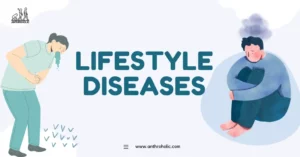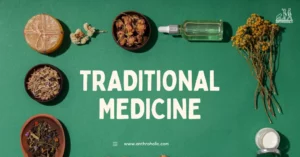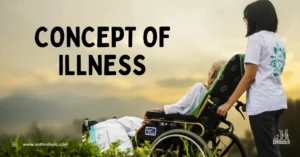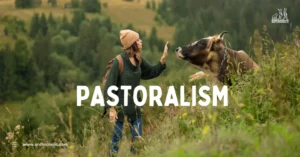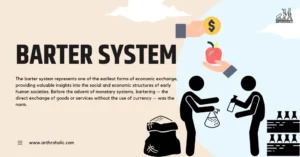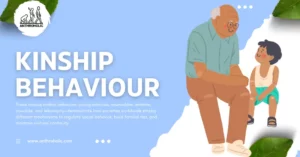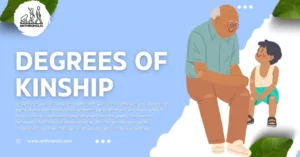AI Answer Evaluation Platform Live Now. Try Free Answer Evaluation Now
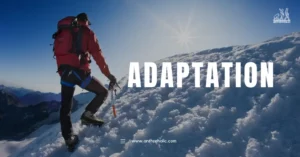
Adaptation
Adaptation is a core concept in anthropology and biology, reflecting how organisms and societies change over time to better fit their environments. This process occurs through three main pathways: physiological adaptation, genetic adaptation, and behavioral or cultural adaptation. Understanding these pathways provides critical insights into human evolution, culture, and survival.


